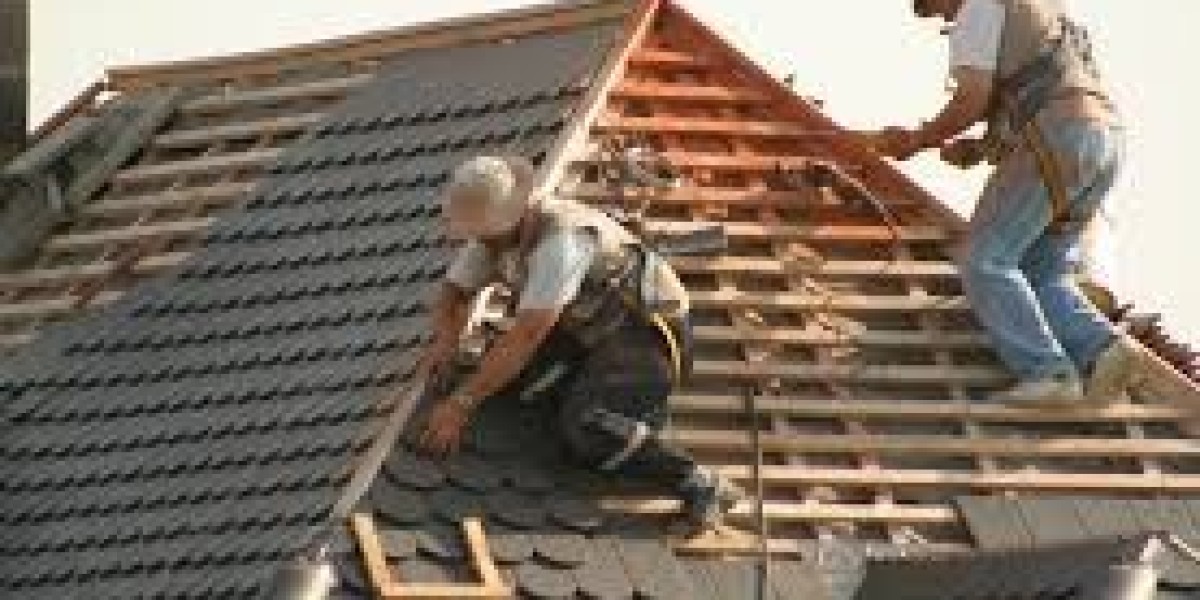Asbestos has long been known for its durability and fire-resistant properties, which made it a popular material in construction from the late 19th century into the late 20th century. However, as scientific research revealed the severe health risks associated with asbestos exposure—ranging from lung cancer to mesothelioma—it was gradually phased out in most countries. Despite the bans on asbestos, older buildings still contain the material, and its safe removal continues to be a major concern for property owners, contractors, and public safety.
In 2024, a number of significant changes to asbestos regulations have been introduced to tighten safety standards, improve handling procedures, and reduce the risk of exposure. Whether you are a homeowner looking to renovate or a contractor working on older buildings, these new rules are critical to ensure the safety of those involved and to stay compliant with the law.
This article will guide you through the latest asbestos regulations, explain how they impact various industries, and answer the most common questions surrounding the safe handling and removal of asbestos. By understanding these new rules, you will be better equipped to protect your health, comply with legal standards, and avoid the severe consequences of mishandling asbestos.
The History and Legacy of Asbestos
Asbestos is a naturally occurring mineral made up of fine, durable fibers that are heat-resistant and insulating. For decades, it was used in building materials, insulation, flooring, roofing, and even fireproof clothing. It was particularly valued for its low cost and exceptional resistance to heat and chemicals. However, its widespread use began to decline in the 1970s and 1980s as medical research uncovered the grave dangers posed by asbestos fibers when they are disturbed and inhaled.
Exposure to asbestos can lead to a variety of health problems, the most severe being lung cancer and mesothelioma, a rare but aggressive cancer of the lining of the lungs. The long latency period between exposure and disease, which can be 20 to 40 years, means that many people today are still affected by past asbestos exposure. These health risks, coupled with growing public awareness, led to increasingly stringent regulations on asbestos use and removal.
Key Changes in the New Asbestos Rules for 2024
The new tag rules introduced in 2024 are designed to address several ongoing concerns about asbestos handling, from identification to removal. The regulations are stricter than ever and have raised the bar for safety standards, offering enhanced protection for workers, building occupants, and the general public.
Stricter Identification and Risk Assessment Requirements
Under the new regulations, it is now mandatory to conduct thorough risk assessments before starting any demolition, renovation, or remodeling project in a building that may contain asbestos. This means that contractors, property owners, and builders must have a certified asbestos professional assess the property before any work can begin. Asbestos surveys are required in buildings built before 2000, as they are most likely to contain the material.
This proactive approach ensures that asbestos-containing materials (ACMs) are identified early and appropriate precautions can be taken. It also helps avoid accidental exposure during construction work when asbestos may be disturbed by the demolition or renovation process.
Certified Asbestos Removal Specialists
One of the most significant updates in the 2024 asbestos regulations is the emphasis on ensuring that only certified professionals are permitted to handle, remove, or dispose of asbestos. In the past, many contractors attempted to handle asbestos without specialized training, leading to unsafe practices that put everyone involved at risk.
The new rules mandate that all asbestos removal must be carried out by certified asbestos abatement professionals who are trained to handle hazardous materials safely. These professionals must follow strict safety protocols, including the use of personal protective equipment (PPE), the use of specialized removal tools, and proper containment procedures to prevent asbestos fibers from being released into the air.
Updated Disposal and Environmental Guidelines
The disposal of asbestos has always been a highly regulated process due to the environmental risks posed by improper handling. The 2024 rules have further refined these guidelines, with specific instructions on how to dispose of asbestos-containing materials safely. For example, asbestos waste must be carefully sealed and transported to approved disposal sites that are specifically designed to handle hazardous waste. Failure to comply with these guidelines can result in severe penalties, including substantial fines and potential legal action.
Furthermore, the rules now emphasize the importance of documenting the disposal process. This includes keeping accurate records of where and how asbestos waste was disposed of, which is essential for both regulatory compliance and future reference.
Increased Penalties for Non-Compliance
To ensure that these new regulations are taken seriously, the 2024 rules introduce significantly higher fines and penalties for non-compliance. Contractors or businesses that fail to follow proper asbestos handling, removal, or disposal protocols can face substantial fines, and repeat offenders may even face legal action. These increased penalties are meant to discourage unsafe practices and reinforce the importance of following the regulations for the protection of human health and the environment.
Stricter Air Monitoring Standards
Airborne asbestos fibers are extremely dangerous and can cause serious health problems if inhaled. The new regulations call for stricter air quality monitoring during asbestos removal projects to ensure that workers and surrounding communities are not exposed to harmful fibers. Continuous air monitoring is now required during the removal of asbestos to ensure that the concentration of fibers in the air does not exceed legal limits. This will help prevent unintentional exposure and ensure that all asbestos is safely removed.
Public Awareness and Worker Safety
The 2024 asbestos regulations also emphasize public awareness and worker education. Contractors are now required to provide more extensive training to their employees on the dangers of asbestos exposure, as well as the safe handling and removal practices. This includes making workers aware of the symptoms of asbestos-related diseases, such as coughing, shortness of breath, and chest pain, and educating them on the long-term risks associated with exposure.
Additionally, public education campaigns are being launched to inform homeowners and businesses about the risks of asbestos and the importance of hiring certified professionals for any asbestos-related work. These campaigns aim to reduce the number of DIY asbestos removal attempts, which are often unsafe and result in exposure.
Common Questions About the New Asbestos Regulations
1. What should I do if I suspect my property contains asbestos?
If you suspect that your property contains asbestos, it is important to hire a certified asbestos inspector to conduct a thorough survey. If asbestos is found, you must hire licensed asbestos removal professionals to handle the safe removal and disposal of the material. Do not attempt to remove or disturb the asbestos yourself, as this can lead to dangerous exposure.
2. How do I know if my contractor is certified to handle asbestos?
In many countries, contractors must be licensed or certified to handle asbestos removal. Before hiring a contractor, ask for proof of certification or licensing from relevant regulatory authorities. Ensure that they follow strict safety protocols and are trained to comply with the 2024 regulations.
3. What are the penalties for not following the new asbestos regulations?
Penalties for non-compliance can be severe. Contractors and property owners who fail to comply with the 2024 asbestos regulations may face hefty fines, legal action, and even potential criminal charges, especially if they put workers or the public at risk.
4. Are the new regulations applicable to both residential and commercial properties?
Yes, the new regulations apply to both residential and commercial properties. Any construction or renovation work that involves potential asbestos-containing materials must comply with the updated rules, regardless of the property type.
5. Can I still live in my home during asbestos removal?
In most cases, it is not safe to remain in a home while asbestos removal is taking place. Your contractor will typically recommend that you vacate the premises to avoid exposure to airborne asbestos fibers. If the removal process is extensive, you may need to temporarily relocate.
6. What are the health risks of asbestos exposure?
Asbestos exposure can cause serious diseases, including lung cancer, asbestosis (scarring of the lungs), and mesothelioma (a rare form of cancer affecting the lining of the lungs, abdomen, or heart). These diseases often take years to develop after exposure.
Conclusion
The new asbestos rules regulations for 2024 reflect the increasing awareness of the dangers posed by asbestos exposure and the need for stricter safety standards. Whether you are a homeowner considering a renovation project, a contractor working in older buildings, or a business involved in demolition or construction, it is essential to understand and comply with these updated rules to ensure the health and safety of everyone involved. The key to safe asbestos management is prevention, and by adhering to the new regulations, you can help protect not only your workers and tenants but also the wider community from the harmful effects of asbestos exposure.
By staying informed about these changes and working with certified professionals, you can ensure that any asbestos-containing materials are handled safely and in compliance with the law, avoiding the serious health risks and legal penalties associated with improper asbestos management.



